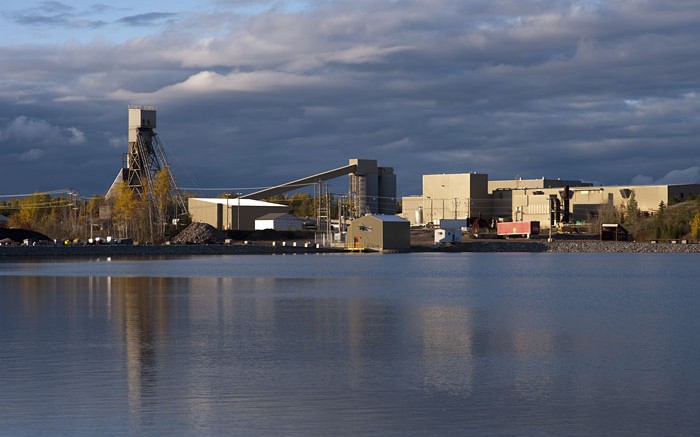Former Barrick Gold (TSX: ABX; NYSE: ABX) CEO Aaron Regent is back in action.
Regent, who founded Magris Resources, is leading a group of Asian investors to buy Iamgold’s Niobec mine in Quebec — one of the world’s three niobium producers — for US$500 million.
This is the first acquisition that Magris has lined up, after failed attempts to buy Glencore’s (LSE: GLEN) Las Bambas copper project in Peru, and purportedly BHP Billiton’s (NYSE: BHP; LSE: BLT; ASX: BHP) Pinto Valley copper mine in Arizona.
Regent formed the private equity firm in 2013, after being fired by the world’s largest gold producer a year earlier due to poor share-price performance. Before that, Regent served as the president and CEO of Falconbridge.
On the Niobec deal, Magris will collaborate with Temasek, a Singapore-based investment firm, and CEF Holdings Ltd., a firm owned 50% by Hong Kong billionaire Li Ka-shing, who is Asia’s richest man, and 50% by the Canadian Imperial Bank of Commerce.
The partners will pay Iamgold US$500 million in cash for Niobec on closing, plus another US$30 million if the nearby rare-earth element deposit goes into commercial production. Iamgold will receive a 2% gross proceeds royalty on any REE production.
“Total consideration of US$530 million is in line with BMO Research’s net present value estimate for Niobec of US$565 million, and in line with previous indications from management that the sale of Niobec was possible for proceeds of US$500 million,” BMO analyst David Haughton writes in a note.
Regent did not reveal how the partners will divide the payment or ownership of the assets. But the mining executive plans to work with CEF and Temasek on other acquisitions, the Globe and Mail reports.
Meanwhile, Iamgold’s president and CEO Stephen Letwin told analysts on a conference call that the Niobec sale is “pivotal” and “can transform Iamgold in a lower-cost, producing company.”
The transaction, expected to close later this year, will turn Iamgold into a pure gold play and provide financial flexibility to pursue growth opportunities.
“It’s not a secret that we are in the higher end of the range for costs,” Letwin says, adding that he intends to bring down Iamgold’s all-in sustaining costs (AISC) by using the proceeds from the sale to look at producing assets, or those near production that have AISC of under US$1,000 per oz.
In the March quarter, the company’s AISC for its gold mines were US$1,136 per oz., down from its 2013 average of US$1,232 per oz. Iamgold’s three main gold operations are Rosebel in Suriname, Essakane in Burkina Faso and Westwood in Quebec. The latter started commercial production in July.
Commenting on the transaction, CIBC analyst Alec Kodatsky notes that “this sale unlocks and monetizes the potential value of Niobec, but on the other hand removes a steady cash-flow stream.”
Niobec has been contributing to Iamgold’s operating cash flow since 2006, when it acquired the asset through its purchase of Cambior. But to extend the mine beyond its eight-year life would have cost it US$750 million, Letwin said at the Denver Gold Forum.
The firm had little interest in expanding the mine because the demand for niobium — an alloying agent — has not grown as expected owing to lower steel production. Considering that outlook, Kodatsky says Iamgold received an “accretive sale price” for the asset.
Along with pursuing growth, Iamgold will continue its cost-savings initiatives, with US$100 million in cuts targeted for 2015. Last year, it achieved US$125 million in cost reductions.
BMO’s analyst Haughton notes that the “apparent focus on capital conservation and cost control at existing operations is encouraging. However, the company must now execute these plans as it moves forward as a pure-play gold producer.”
The US$500 million in proceeds — when added to the company’s current cash position and the market value of its gold holdings — will bring its liquid assets to over US$800 million. Iamgold has another US$500 million in unused credit facilities.
While the firm does not intend to use the funds to repay its debt, it must return to bondholders any proceeds that it does not reinvest in mining-related assets within a year of closing.
Iamgold shares closed Oct. 6 up 4¢ at $2.96, after losing 12¢ the day before on the Niobec sale.


Be the first to comment on "Iamgold sells Niobec mine to ex-CEO of Barrick"